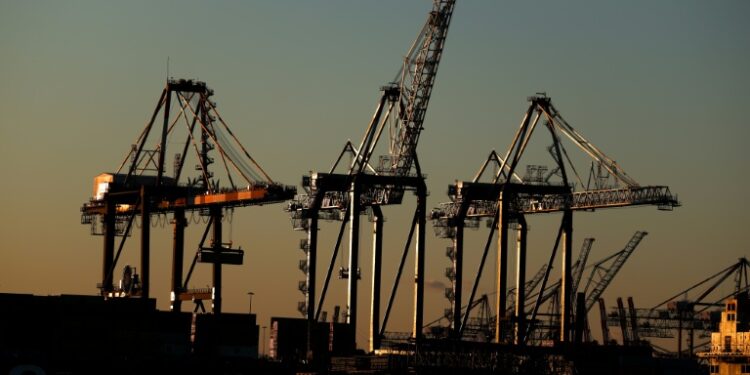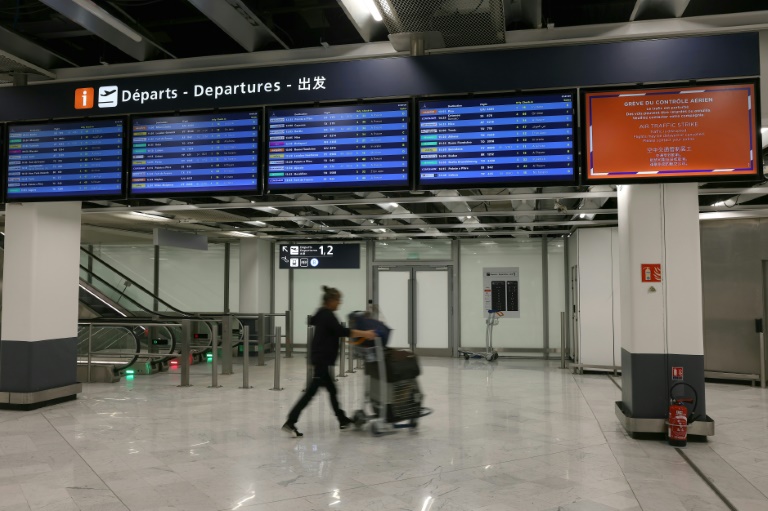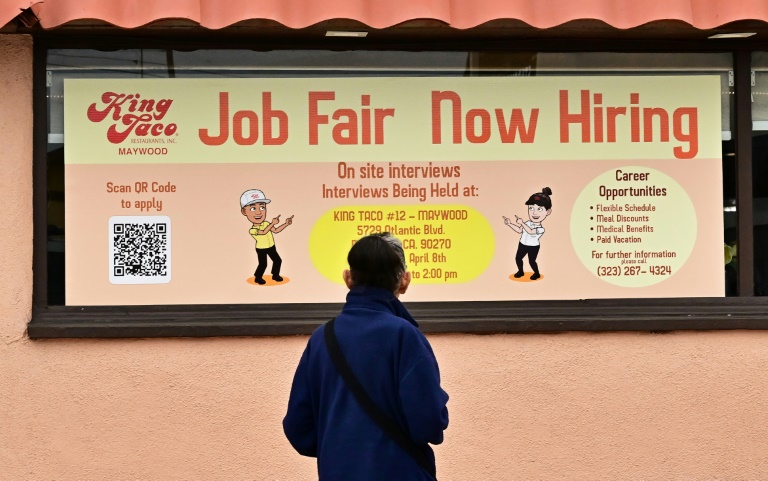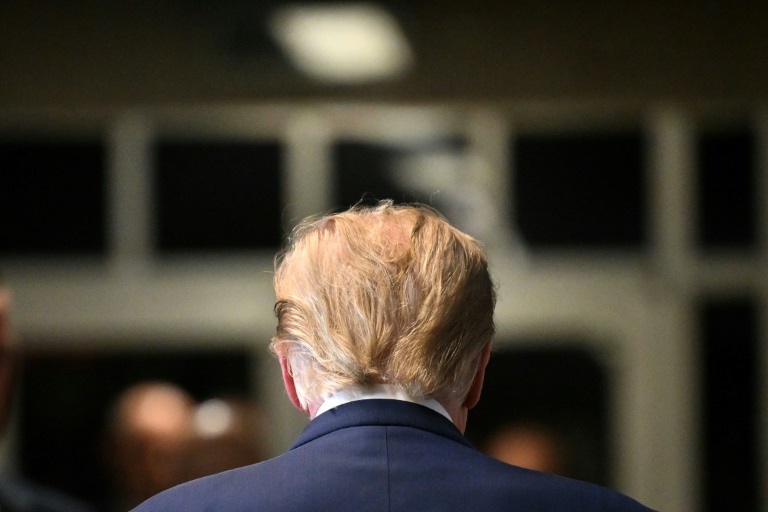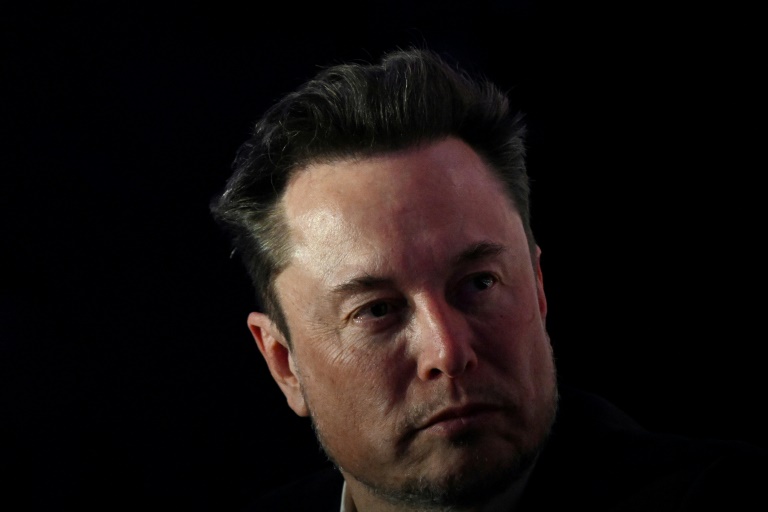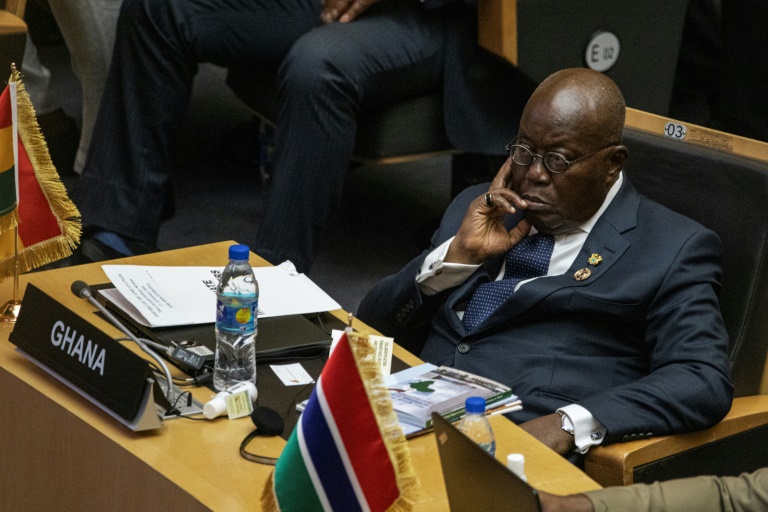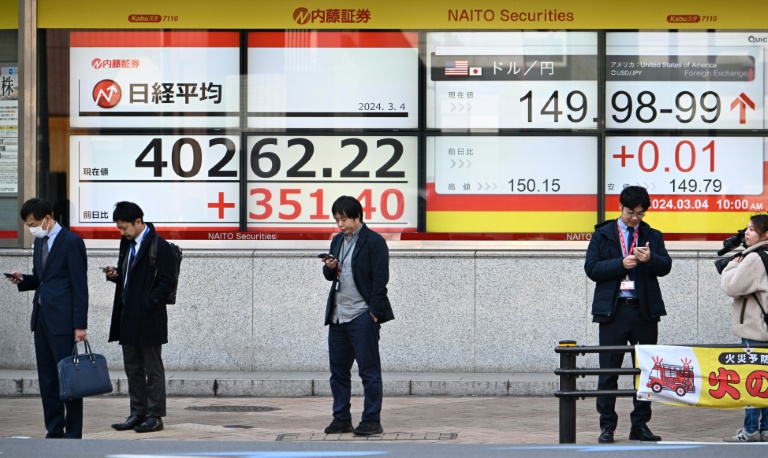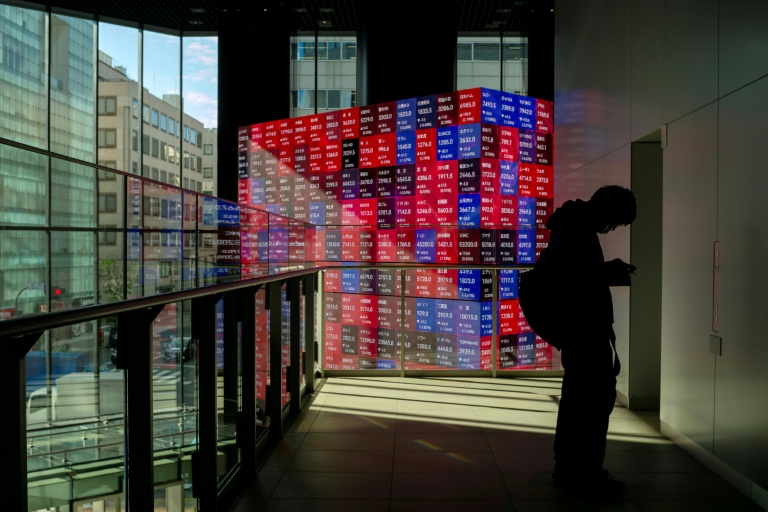Hanoi (AFP) – Vietnam’s trade deal with the United States averts the most punishing of Donald Trump’s “reciprocal” levies but has provoked new friction between Washington and Beijing. Vietnam has the third-biggest trade surplus with the United States of any country after China and Mexico, and was targeted with one of the highest rates in the US president’s “Liberation Day” tariff blitz on April 2. The deal announced Wednesday is the first full pact Trump has sealed with an Asian nation, and analysts say it may give a glimpse of the template Washington will use with other countries still scrambling for accords.
The 46 percent rate due to take effect next week has been averted, with Vietnam set to face a minimum 20 percent tariff in return for opening its market to US products including cars. But a 40 percent tariff will hit goods passing through the country to circumvent steeper trade barriers — a practice called “transshipping”. Washington has accused Hanoi of relabelling Chinese goods to skirt its tariffs, but raw materials from the world’s number two economy are the lifeblood of Vietnam’s manufacturing industries.
“From a global perspective, perhaps the most interesting point is that this deal again seems in large part to be about China,” said Capital Economics. It said the terms on transshipment “will be seen as a provocation in Beijing, particularly if similar conditions are included in any other deals agreed over coming days”. Beijing’s foreign ministry spokeswoman Mao Ning said on Thursday “negotiations and agreements should not target or harm the interests of third parties”.
Shares in clothing companies and sport equipment manufacturers — which have a large footprint in Vietnam — rose on news of the deal in New York. But they later declined sharply as details were released. “This is a much better outcome than a flat 46 percent tariff, but I wouldn’t celebrate just yet,” said Hanoi-based Dan Martin, from Asian business advisory firm Dezan Shira & Associates. “Everything now depends on how the US decides to interpret and enforce the idea of transshipment,” he added.
“If the US takes a broader view and starts questioning products that use foreign parts, even when value is genuinely added in Vietnam, it could end up affecting a lot of companies that are playing by the rules.” A Vietnam foreign ministry spokesman told reporters on Thursday that negotiators were still “in detailed discussion to concretise agreements”. But there are scant details about the transshipment arrangements in the deal, which Trump announced on his Truth Social platform.
“The announced deal gives Vietnam a level of certainty that most other US trading partners do not have,” said American Chamber of Commerce in Hanoi chief Adam Sitkoff. But, he said, “assessing the pros and cons of the deal is difficult without seeing further details about what the tariffs actually mean”. “The answers to these questions can be the difference between celebrating or crying.”
Bloomberg Economics forecast Vietnam could lose a quarter of its exports to the United States in the medium term, endangering more than two percent of its gross domestic product as a result of the agreement. “The Vietnamese government will now find itself under pressure to ensure that country-of-origin rules are enforced,” explained Jack Sheehan, head of regional tax at Asian legal and tax firm DFDL.
But uncertainty over how transshipping will be “defined or enforced” is likely to have diplomatic repercussions, said Bloomberg Economics expert Rana Sajedi. “The looming question now is how China will respond,” she said. “Beijing has made clear that it would respond to deals that came at the expense of Chinese interests. The decision to agree to a higher tariff on goods deemed to be ‘transshipped’ through Vietnam may fall in that category,” added Sajedi. “Any retaliatory steps could have an outsized impact on Vietnam’s economy.”
© 2024 AFP

